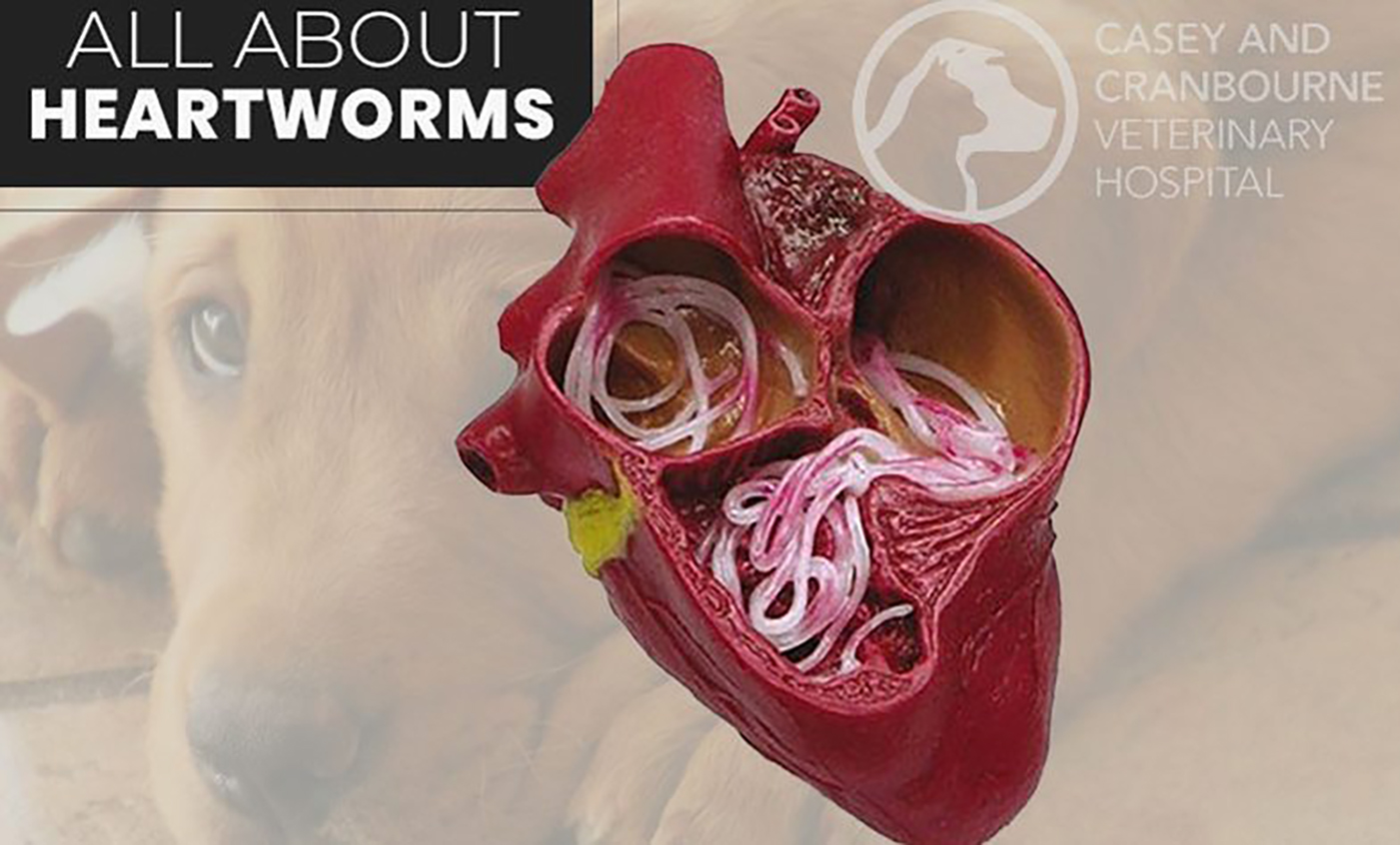ANIMAL DE-SEXING
At Casey and Cranbourne Veterinary Hospital, we have years of experience in desexing dogs and cats, with procedures routinely carried out at around five to six months of age.
Desexing is recommended for any animal you don’t intend to breed from, as this will prevent unwanted litters of puppies and kittens. It can also prevent testicular or ovarian cancer, as the testicles are removed from males (castration) and the ovaries and uterus from females (speying).
There are many advantages to animal desexing at this early age – both physiological and behavioural.
Speying
If you decide to get your female pet speyed, this has a range of benefits for the animal, as it will reduce the risk of pregnancy. As cats can have multiple pregnancies in one breeding season, this helps to prevent the birth of many unwanted kittens.
Research also shows that speying reduces the likelihood of female cats and dogs contracting mammary cancer and is particularly effective in this regard if performed before the first heat cycle. Mammary cancer can commonly occur in females that aren’t desexed or in those speyed after sexual maturity. There’s no empirical evidence that supports speying after sexual maturity or delaying the procedure until after the first heat. It’s also false to think that your pet is better off having a litter before speying.
Speying further removes the risk of uterine and ovarian cancer in females, as well as the risk of Pyometra (infection of the uterus), which is common in older non-desexed females and can be fatal. It also prevents ‘false pregnancy’ in dogs, where the female believes herself pregnant when she’s not and exhibits all the hormonal and physical changes of pregnancy without actually being pregnant. When female dogs are in season, speying also removes the blood spotting that non-desexed pets will experience.
Castration
In male pets, castration will protect your dog or cat from testicular cancer, as well as reducing the risk of prostate disease. It’s also effective in tackling aggression and dominance issues in dogs, which in turn, can prevent them from straying.
In cats, this also removes the strong ‘tom cat smell’ of non-desexed male cats and reduces the likelihood of urine marking, with fewer cat fights in castrated animals. With reduced fighting also comes a lower risk of cat fight abscesses and the transmission of feline aids (FIV), feline leukaemia virus (FeLV) and cat flu.
NB In the city of Casey, cats can’t be registered unless they’re desexed and microchipped while for dogs, it’s much cheaper to register them after they’ve been desexed.
Desexing pets when they’re still actively growing is best, as they have a lower percentage of body fat, which reduces surgery time and leads to faster post-operative recovery.
Commonly Asked Questions
Will getting my pet desexed change their personality?
No, desexing won’t affect the normal development of your pet’s personality, although it will curb undesirable behaviours such as hyper-sexuality, aggression, straying, and urine marking.
Will my pet get fat after he/she is desexed?
No – desexing doesn’t make pets fat but it can reduce their metabolic rate slightly, so it’s advisable to monitor your pet’s weight during the few months post-op. If they start to gain weight, then you can simply reduce their calorie intake, which will vary according to breed and may be as much as a third.
Is animal desexing a risky procedure?
Desexing is a routine day-patient procedure that we have lots of experience in performing and is safe for your pet. Desexing pets around five to six months of age means the surgery and recovery times will be quicker, due to the animal’s lower percentage of body fat at this age.
Your pet should be fasted from 8:00pm the night before the procedure, but water should NOT be removed – they can drink as much as they wish. We admit pets to the hospital between 7:30am – 8:00am on the morning of their operation. If you can’t bring them in at this time, then we can admit them the night before, hospitalising them overnight free of charge. Once your pet is in recovery, we’ll send an SMS to advise that he/she is well and to give you a discharge time.
Will my pet be sore after the operation?
All surgical procedures are painful, whether it’s for humans or animals, and pain relief is clinically proven to speed up recovery, as well as alleviating any pain your pet is feeling. At Casey and Cranbourne Veterinary Hospital, all pets are prescribed pain relief for several days post-op. This is included in the cost of the desexing procedure.
What will I have to watch for after my pet’s desexing operation?
It’s important that you keep your pet warm and in a quiet location after the desexing operation, and check that they don’t lick or scratch at their wound. We routinely do intradermal stitches (under the skin), which means your pet is less likely to bother their wound. If required, a Buster collar can be purchased to prevent them from licking the surgical site.
We routinely place a tattoo in the left ear of dogs and cats (but not rabbits or ferrets) to show that they’ve been desexed.


